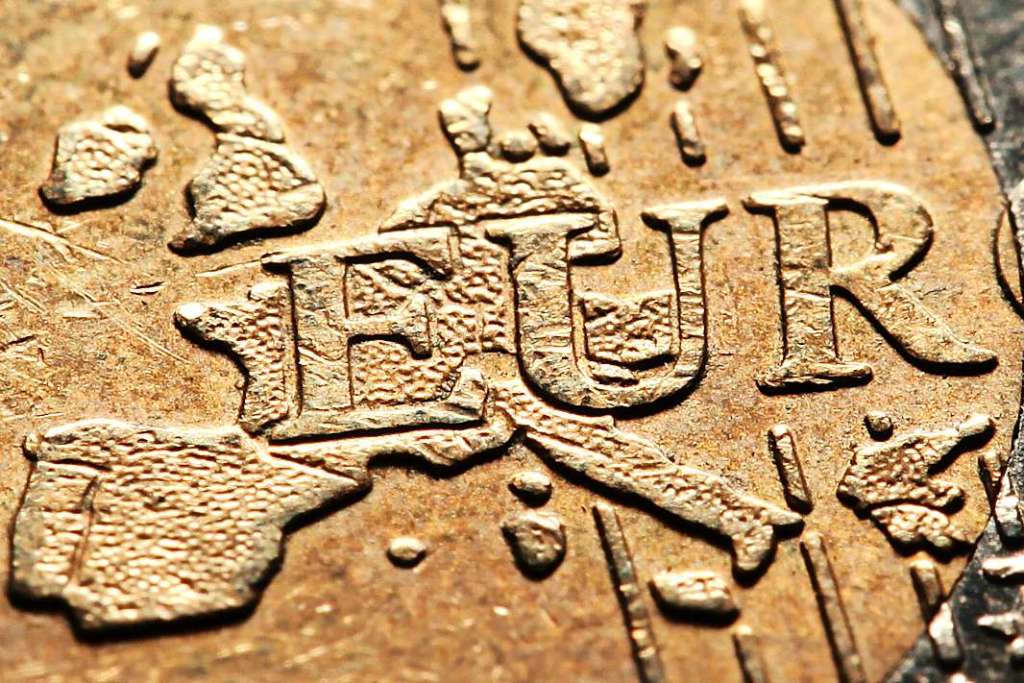The member states of the monetary union have agreed on a reform of the euro rescue package. That should make the common currency more stable.
EU success reports are in short supply in Corona times. Federal Finance Minister Olaf Scholz was all the more proud to present the agreement reached on Monday evening on a reform of the European Stability Mechanism ESM. “There are decisions, especially at EU level, that sound so technical that it is difficult to see their political impact at first,” he admitted. It is about making the “Eurozone even more robust against attacks by speculators”.
How did the ESM come about?
The instrument was founded as a reaction to the euro crisis, in which some member states of the monetary union got into trouble. In 2012 it replaced the temporary euro rescue fund EFSF that had been founded two years earlier. He had averted their insolvency with cheap aid loans to the particularly hard hit countries Portugal, Ireland and Greece. The ESM is an international financial institution whose members are the 19 EU countries with euro currency. Since the basis is an international treaty, the ESM is not one of the EU instruments and is not subject to the supervision of the EU Commission.
What is the role of the ESM?
It is intended to make it clear to the global financial world that the members of the euro zone stand together in times of crisis and do everything possible to save their currency. Countries in distress receive cheap loans – but only against reform requirements. The pot is 80.5 billion euros, and the member states have given guarantees for a further 624.5 billion euros. In an emergency, 705 billion euros are available. With 21.7 billion euros in deposits and 168.3 billion euros in guarantees, Germany bears the lion’s share of this. With this collateral behind it, the ESM receives money on the capital market at very low interest rates, which it can pass on to countries with poor creditworthiness if necessary.
Why does it need to be reformed?
In December 2013, when the ESM was almost two years old, the euro countries agreed in principle on further development. For a long time, however, Italy blocked any change, as the ESM is decried there as Brussels’ interference in national budget sovereignty. As a precautionary measure, the ESM should be allowed to support a country that does not yet have any acute refinancing problems. Above all, however, its function should be expanded so that it can be used as reinsurance (backstop) for the SRF bank resolution fund. Again, the focus is on the psychological deterrent effect. The message should be: Anything can happen on the world financial stage, banks in the euro zone can go bankrupt – but the common currency is always secured.
What exactly is the backstop?
Banks are no longer to be rescued at any price and at the expense of taxpayers, as happened during the financial crisis. The SRF resolution fund, which the European banks are to jointly fill, is responsible for the costs incurred. Of the targeted 55 billion euros, 47 billion have been collected so far. In future, the ESM will provide a loan guarantee in the event that the saved funds are insufficient. If this credit bursts, in the end the taxpayers of the euro countries will be responsible for it again. However, there are so many upstream stages that the case will probably never occur.
Why should the SRF
come into force earlier?
The start was originally planned for January 2024, when the SRF will be completely full. In their final declaration, the finance ministers describe the backstop as a “financial safety net for bank resolutions in the banking union”. In times as economically uncertain as the current pandemic, the need for such additional insurance is likely to increase. The ministers also emphasize that the current risk report by the EU Commission, the European Central Bank and the bank resolution agency shows that the banking risks have decreased significantly. The proportion of bad loans has continued to decline. Germany has long been against tightening the schedule. However, the credit line is only released when a majority comes together with 80 percent of the capital tied up in the ESM. Germany thus practically has a veto right and can block loans to the SRF.
Is the euro zone armed now?
The underlying message is that the whole structure is so stable that reinsurance is not needed anyway. The Euro ministers admit, however, that “some weaknesses remain, which is reflected in the problem loans that are still too high”. Sven Giegold, financial policy spokesman for the Greens in the European Parliament, considers the bank resolution fund to be too small if several banks should get into trouble at the same time. The euro zone is not prepared for a possible corona banking crisis, is his skeptical judgment.
–


